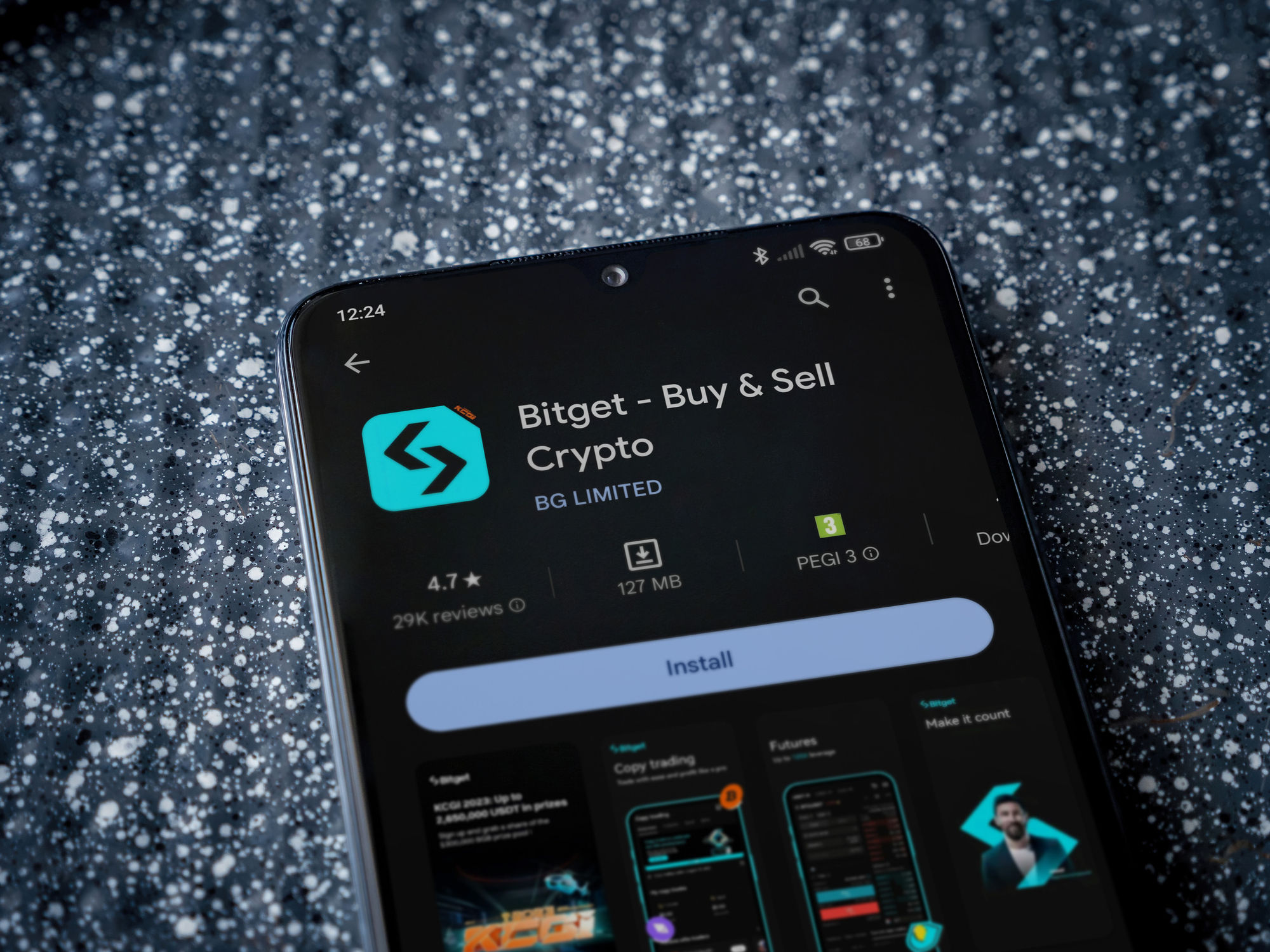Bitget has announced its integration with Chainlink’s Proof of Reserve (PoR) protocol on Ethereum, and the exchange’s flagship wrapped Bitcoin asset, BGBTC, has entered a new era of transparency.
Bitcoin holders can access the robust DeFi ecosystem on Ethereum through wrapped Bitcoin assets like BGBTC, which opens up lending, trading, and yield options not available on the Bitcoin network alone.
However, the business has had concerns around the collateralization of such assets. Wrapped tokens are susceptible to flaws, poor management, or blatant fraud in the absence of real-time, independent verification; this can have disastrous repercussions for platforms and users alike.
Bitget’s integration with Chainlink’s Proof of Reserve addresses this, which puts clear, unchangeable collateral data front and centre.
The Operation Of Chainlink Proof of Reserve On Bitget
The top decentralised oracle network in the world, Chainlink, automatically audits the Bitcoin reserves supporting Bitget’s ERC-20 token deposits, enabling Proof of Reserve for BGBTC. In order to confirm that the total amount of BGBTC on the chain corresponds to the amount of Bitcoin stored in authorised custodial wallets, the procedure leverages Chainlink oracles to retrieve real-time data from the Bitcoin blockchain.
READ MORE: Chainlink Price Eyes $30 Breakout on Whale Accumulation, Supply Squeeze
Ethereum then publishes this data, allowing real-time reserve proof inspection by any protocol, developer, or user. Reserve audits instantly update in the event of a spike in withdrawals, market turbulence, or protocol changes, preventing unapproved BGBTC minting or redemption.
Because its backing is constantly confirmed, DeFi developers can utilise BGBTC as collateral in lending, yield, or derivatives protocols with confidence thanks to Chainlink PoR. By integrating PoR feeds, smart contracts can immediately halt transfers or initiate fail-safes in the event that reserves start to misalign.
It is now easier than ever for institutional investors to satisfy compliance, audit, and regulatory needs by querying Bitget’s reserve status on demand. The move by Bitget coincides with an institutional demand for transparent, compliant collateral in DeFi that is on the verge of reaching all-time highs.
The biggest advantage is for retail users: if you own or use BGBTC, you can now be sure that your tokens are always fully backed by actual Bitcoin.
Users and developers may construct, trade, and innovate with confidence when there are verifiable on-chain reserves. Ethereum-wrapped Bitcoin assets are now stronger and more secure than before.
READ MORE: Chainlink Price Eyes $30 Breakout on Whale Accumulation, Supply Squeeze










